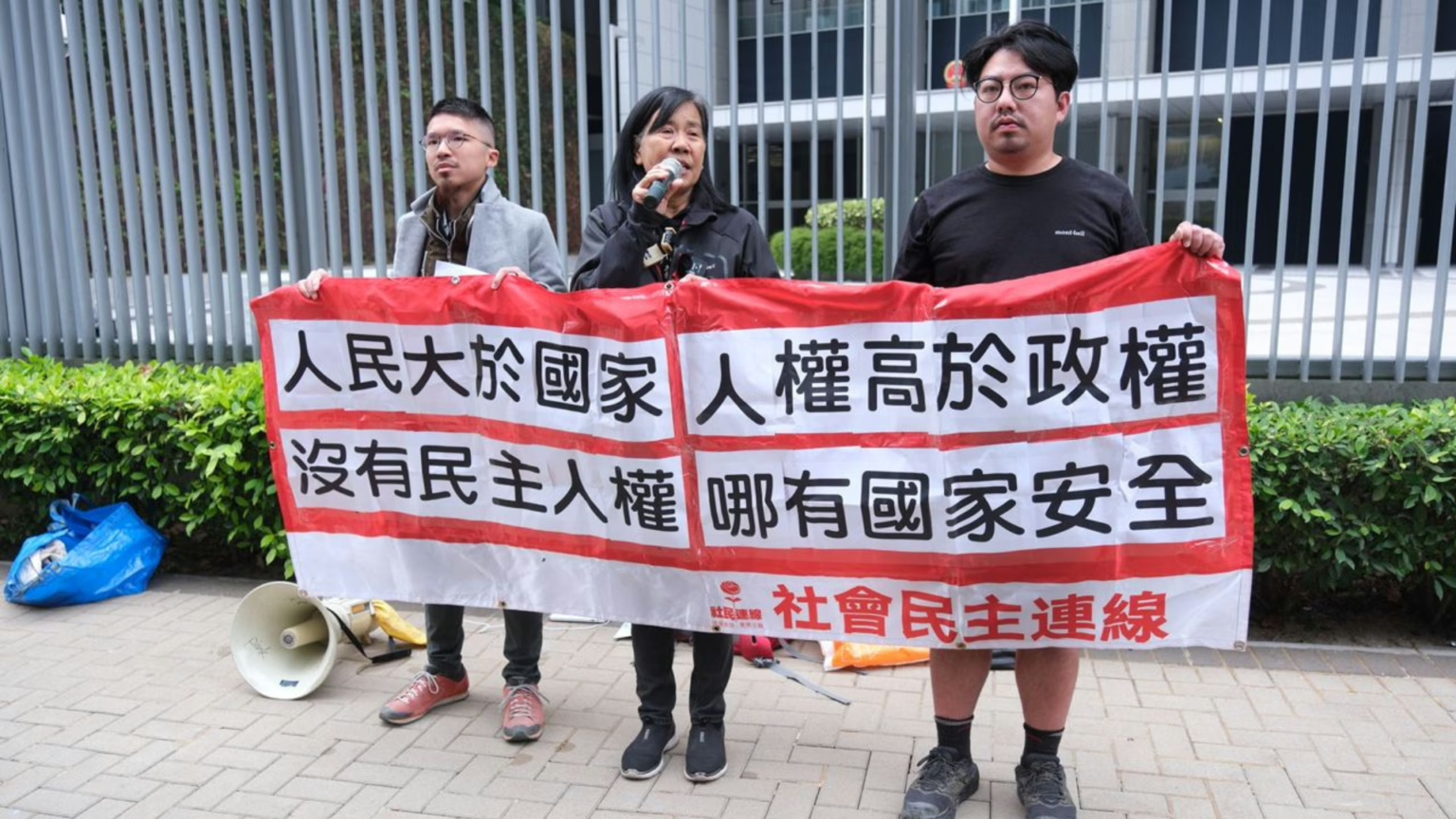Labour Government’s Immigration White Paper Sparks Policy Contradiction Debate
In May 2025, the UK’s Labour government unveiled its long-awaited Immigration White Paper, pledging to significantly tighten legal migration routes as part of a broader plan to ease pressure on public services and prioritise opportunities for young Britons. However, in a seemingly contradictory move, the same government signed a new youth mobility agreement with the European Union, allowing EU nationals under the age of 30 to enter the UK for short-term work, study or cultural exchange programmes.
This dual-track policy approach — tightening long-term migration while simultaneously liberalising short-term EU youth movement — has sparked political scrutiny and raised questions about the government’s consistency, the coherence of its immigration strategy, and whether it is upholding the post-Brexit mandate.
White Paper: Prioritising Local Youth, Curbing Long-term Migration
The Immigration White Paper outlines a raft of measures aimed at reducing legal migration. These include raising the salary threshold for skilled worker visas, extending the minimum residency requirement for Indefinite Leave to Remain, tightening family reunification rules, and increasing the required level of English proficiency. The government argues that reducing net migration — which reached 745,000 in 2023 — is essential to relieve strain on housing, healthcare, education, and transport infrastructure.
Prime Minister Keir Starmer stated that the reforms are designed to “regain control” over the borders and ensure that British workers, particularly young people, have access to more jobs and training opportunities. The White Paper positions migration control as a key element of Labour’s pledge to deliver a “fair and sustainable economic recovery”.
Youth Mobility Agreement: A Diplomatic Pivot, or a Domestic Burden?
At the same time, Labour has taken a bold step to rebuild ties with the EU by signing a reciprocal youth mobility agreement. The deal permits EU citizens under the age of 30 to come to the UK for short-term work, study or cultural placements, while granting the same rights to young Britons seeking experience across Europe.
While billed as a post-Brexit bridge-building initiative, the agreement contains provisions that have alarmed education sector stakeholders. According to the published terms, EU youth participating in study programmes in the UK will pay the same tuition fees as domestic students — a significant shift from the post-Brexit arrangement where EU students were treated as international applicants subject to higher fees.
Critics argue that this could create financial strain for British universities, particularly at a time when the White Paper proposes tightening student visa regulations for non-European international students. If fewer fee-paying students from outside Europe are admitted, and EU students contribute at the lower domestic rate, institutions may face budget shortfalls. This raises concerns about potential cuts to academic programmes, student services, or staffing levels — all of which could impact the quality of education for British students.
Moreover, the equal-fee arrangement may increase competition for limited university places, especially in high-demand courses such as medicine, law and engineering. Some education leaders warn that this could lead to local applicants being edged out by EU students, indirectly undermining the government’s own pledge to “prioritise young Britons”.
Policy Contradiction or Pragmatic Balance?
The government insists that the two policies are not inherently contradictory. It argues that while the White Paper focuses on curbing long-term and low-skilled migration, the EU agreement only involves temporary, highly mobile individuals. These programmes are strictly time-limited and regulated, and the government maintains they will have minimal impact on the overall migration figures.
Moreover, the youth mobility scheme is reciprocal. British youth are also given access to European job markets, which Labour argues enhances their global competitiveness and supports its broader commitment to youth development.
Still, the contradiction between curbing student visas on one hand, while inviting EU students on domestic terms on the other, presents a challenging optics problem — especially when universities are already warning of budget pressures and the need for stable fee income.
Brexit Backlash: A Breach of Promises?
Despite these justifications, critics — particularly from Conservative and Reform UK ranks — claim that the Labour government’s policy direction risks violating the spirit of Brexit. For many Leave voters, one of the central promises of Brexit was the end of free movement between the UK and EU. The youth mobility deal, while technically limited and conditional, has been described by opponents as a “backdoor reintroduction” of that freedom.
Nigel Farage, speaking on behalf of Reform UK, accused the government of “betraying the referendum result” by offering special privileges to EU nationals. “This government is undermining our sovereignty while pretending to tighten migration,” he said.
Domestic Pressure vs. Foreign Policy Ambitions
Labour’s approach reflects a political balancing act. On one hand, the party faces growing domestic pressure to address rising public discontent over migration, particularly from swing voters in Brexit-supporting regions. On the other, it is under international and economic pressure to re-engage with Europe — a region critical to trade, investment and talent development.
This “tough-soft” strategy — restricting long-term settlement while selectively opening short-term channels — is a hallmark of Labour’s current foreign and domestic policy duality. Some analysts view it as necessary pragmatism; others call it incoherence.
Risks and Implementation Challenges
The policy mix is not without risks. Critics warn that short-term EU entrants could still end up competing with British graduates for limited internships and entry-level jobs, particularly in recovering post-pandemic sectors. Furthermore, if temporary placements lead to further sponsorships or long-term work visa applications, the overall effect may still inflate migration figures — indirectly undermining the White Paper’s aims.
In the education sector, the impact could be particularly acute. If EU students are entitled to lower domestic tuition fees while institutions lose out on higher-paying international student income due to visa restrictions, the government may face growing pressure to subsidise universities — shifting the financial burden onto taxpayers.
There are also concerns about administrative capacity. Managing reciprocal short-term visa programmes while enforcing stricter long-term controls may create bottlenecks and increased workloads for the Home Office, contradicting the government’s pledge to streamline immigration procedures.
Conclusion: Political Clarity Needed
The Labour government’s twin-track immigration policy highlights the complexities of balancing economic needs, international diplomacy, and domestic political expectations in a post-Brexit Britain. While officials argue that the two strands — a crackdown on long-term migration and a youth mobility channel with the EU — serve different purposes, public perception may be less nuanced.
To avoid being seen as inconsistent or disingenuous, the government must offer clearer communication around how these policies intersect, and what safeguards are in place to ensure they genuinely benefit young Britons. As the UK navigates its post-Brexit identity, the success of this policy framework may ultimately depend not only on its design, but on how well it is explained — and whether voters are willing to accept compromise in a politically charged arena.
Discover more from “Bridging Hongkongers. Reporting Truth.”
Subscribe to get the latest posts sent to your email.




